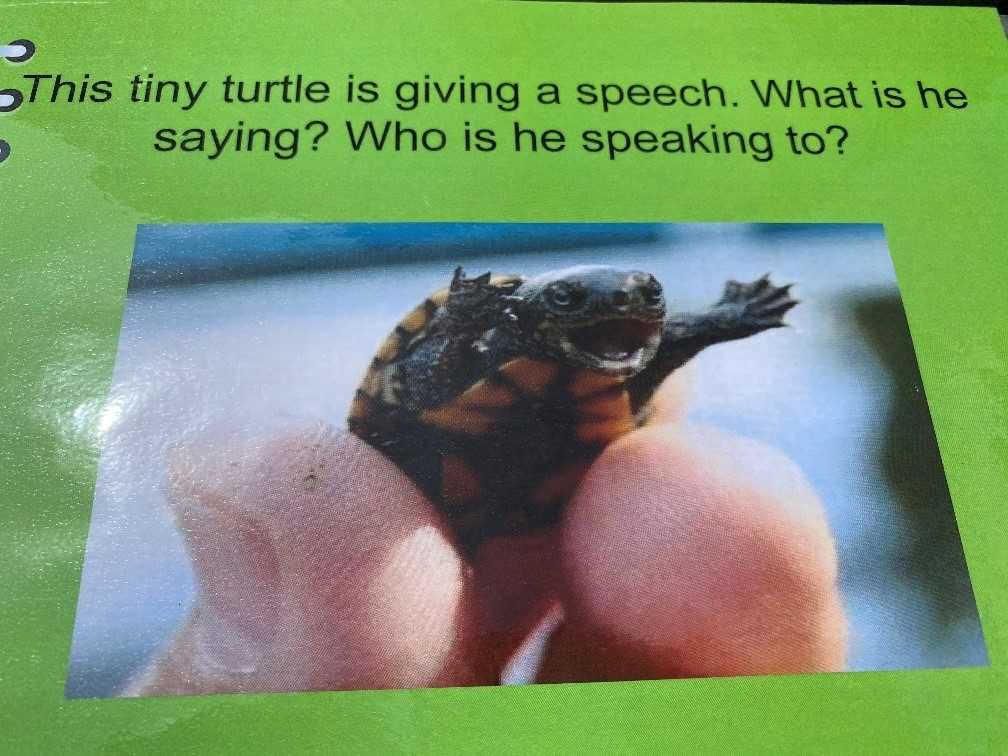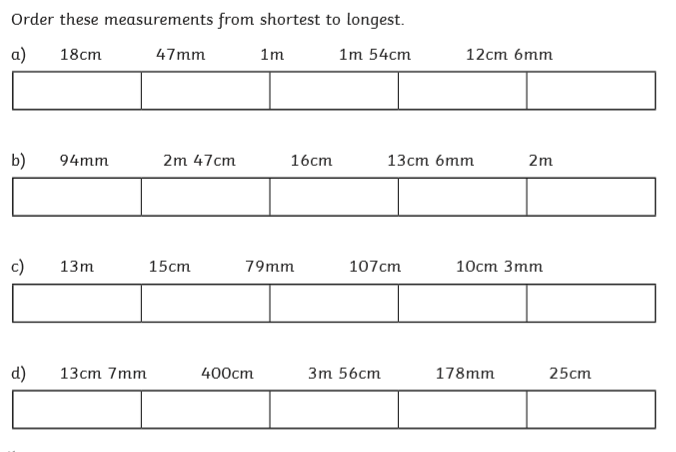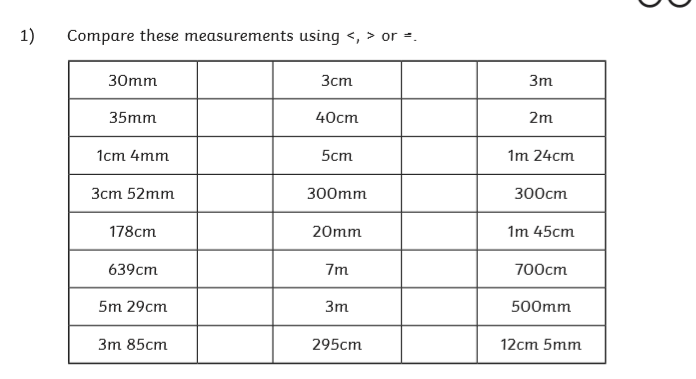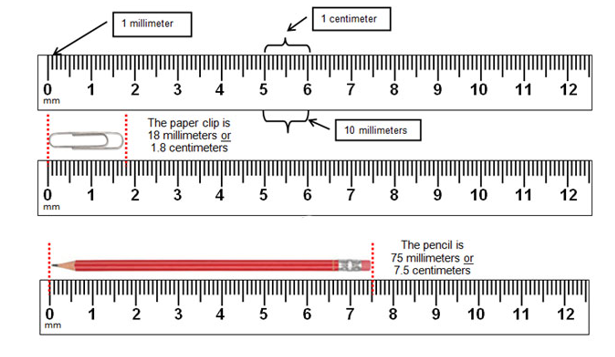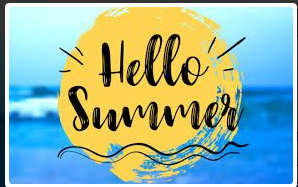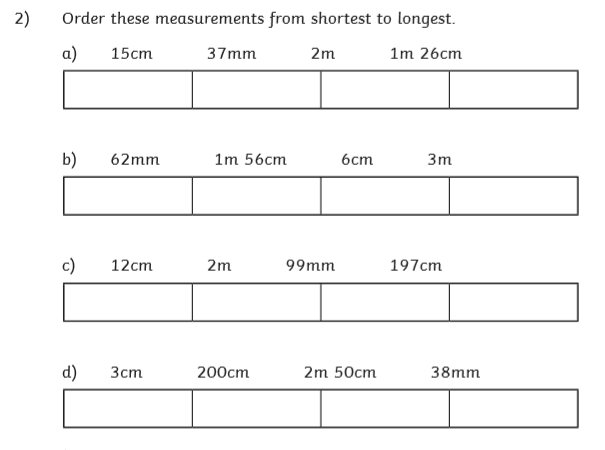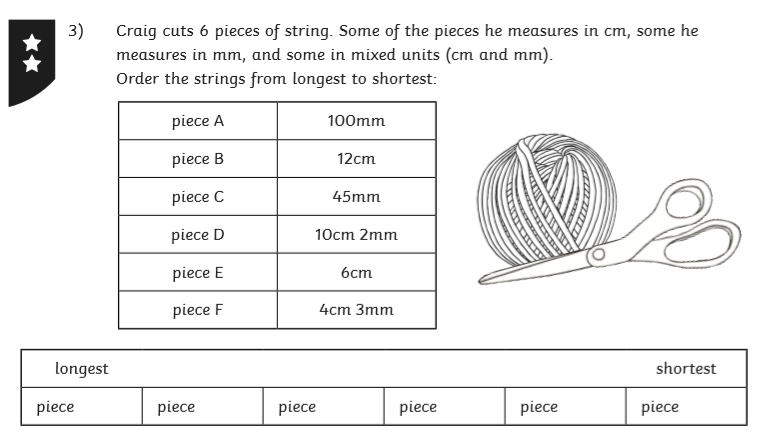Hello Primary 6,
Yesterday, it was very strange to be in school without any children and also reminded me of how much I am missing your cheery smiles.
LITERACY:
Today’s Literacy activities are based on a short animation about a hoverbike.
http://www.pocketmovies.net/download/hoverbike
Activities:
Bob’s hoverbike has arrived! But he’s not sure how to use it. Luckily inside the box, is the instruction leaflet. What do you think could be written on it?
You are going to write the instruction leaflet that came with the hoverbike. Let’s remind ourselves of how to write an instructional text by watching this clip:
https://www.youtube.com/watch?v=Gmx4y6sjwXM
As you are not writing a recipe or how to make something you won’t need a long list of ingredients or equipment.
Think about:
- What Bob needs to know to make it work?
- What could go wrong if the hoverbike isn’t used properly?
- What Bob has to do to make sure the hoverbike doesn’t get damaged?
Your Hoverbike Instruction Leaflet should be split into 3 sections or subheadings:
- How to use the hoverbike.
- Warnings and safety information.
- How to care for the hoverbike.
Plenary:
Self-assess your instruction leaflet. Did you:
- Write in the present tense?
- Use imperative or bossy verbs that tell the reader what to do?
- Use time connective such as first, next, then?
- Use adverbs such as slowly, carefully etc?
MATHS:
Starter:
Activity: I can use probability vocabulary to state the chances of an event happening.
Challenge:
Plenary:
http://www.trox5.com/interactive/games/pond.html
Choose describing chances or if you would like more of a challenge, select finding or showing probability.
Remember to be good and keep smiling,
Mrs P
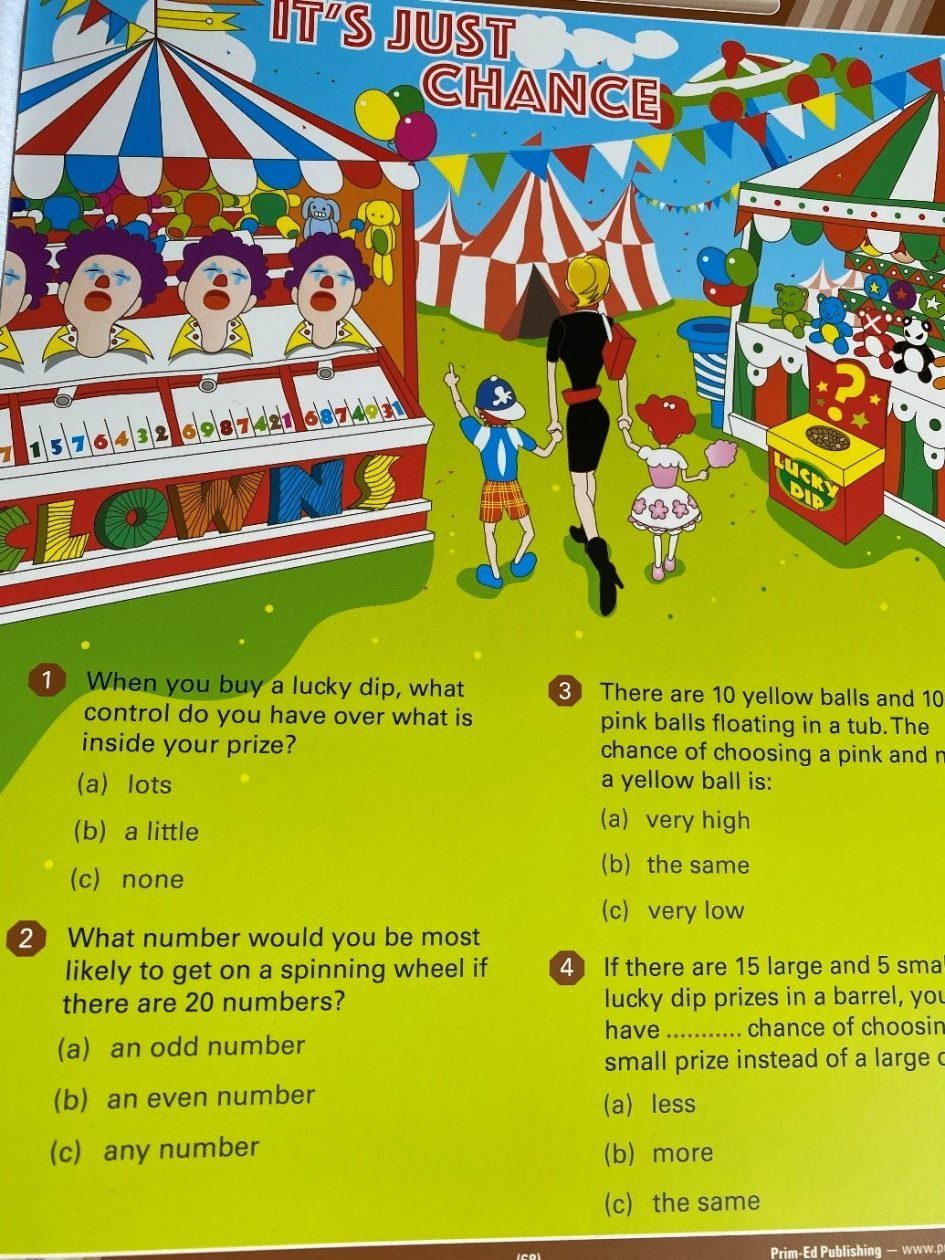
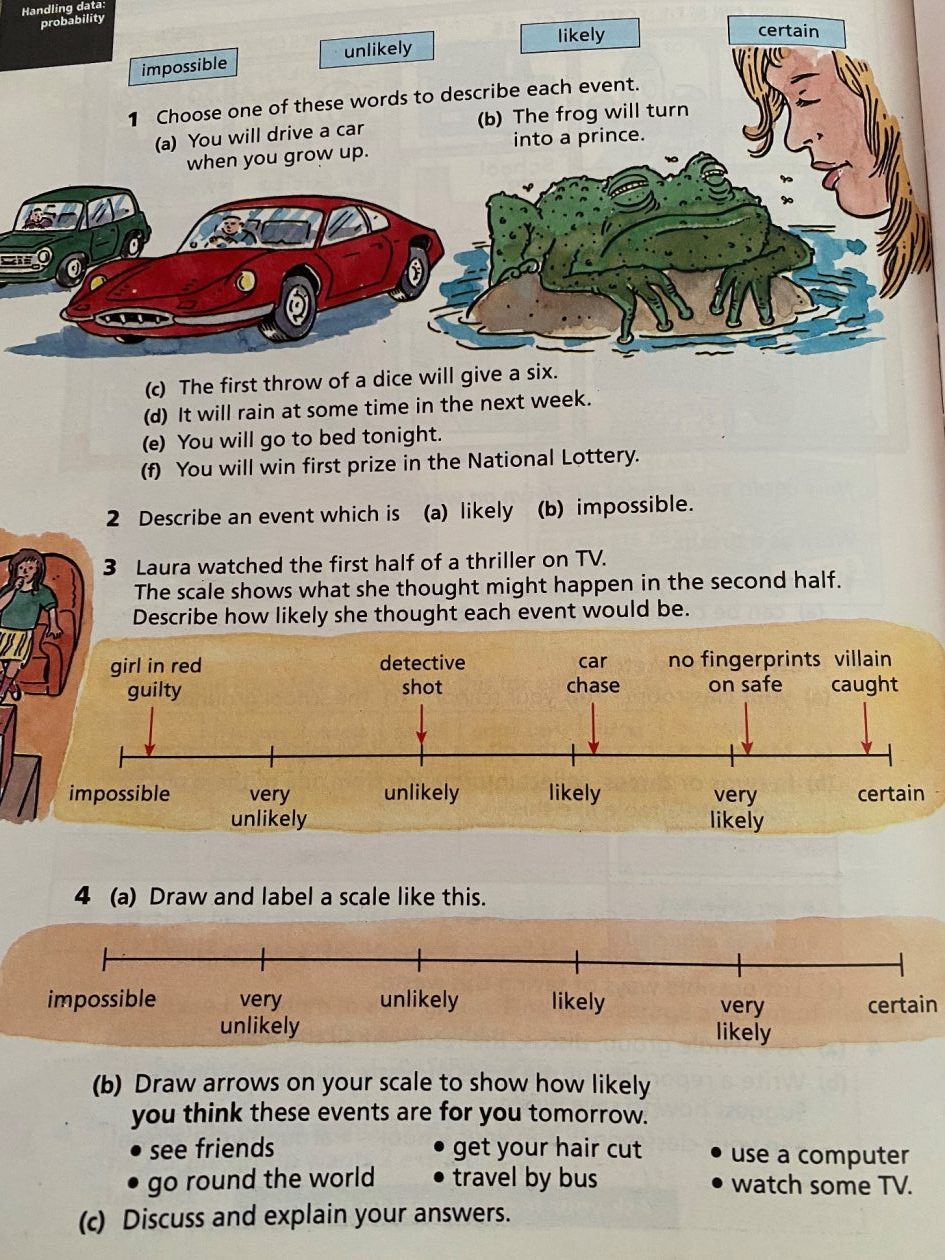

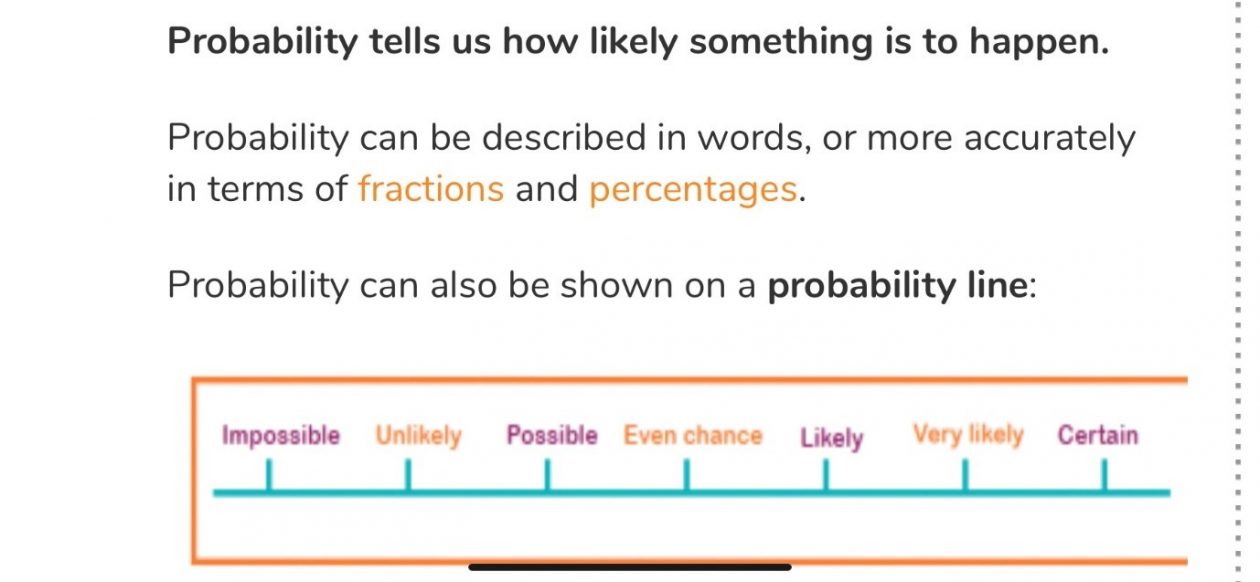
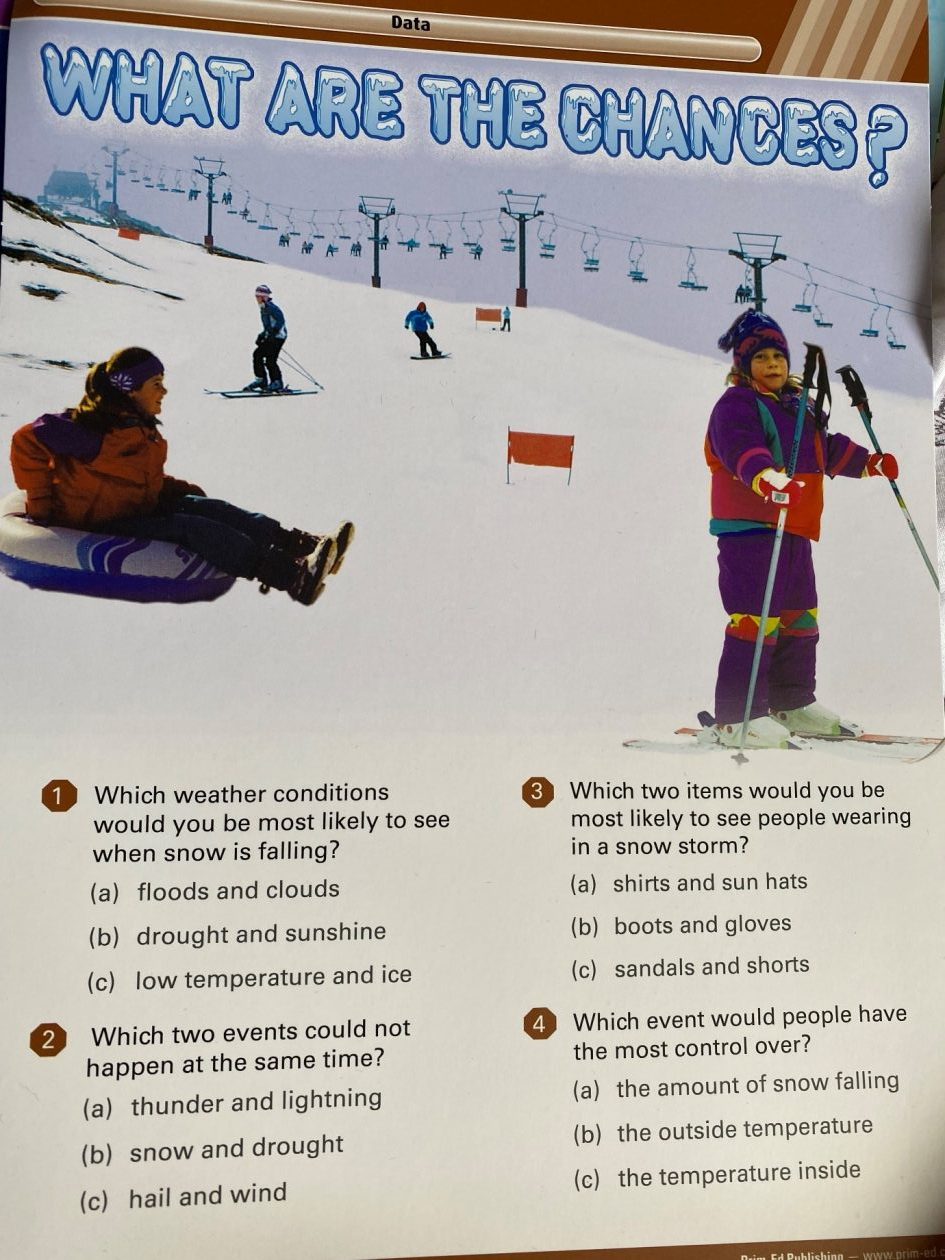
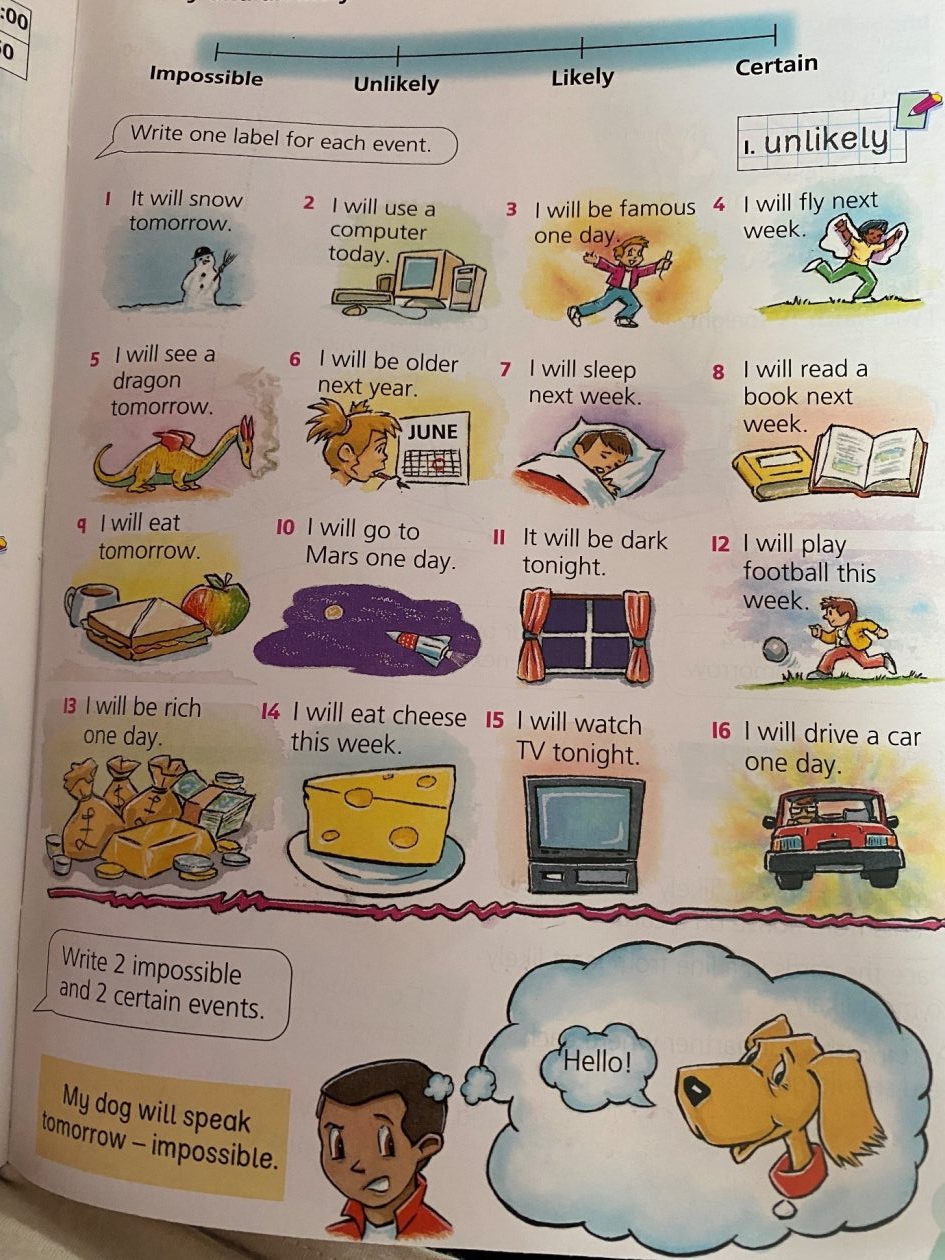
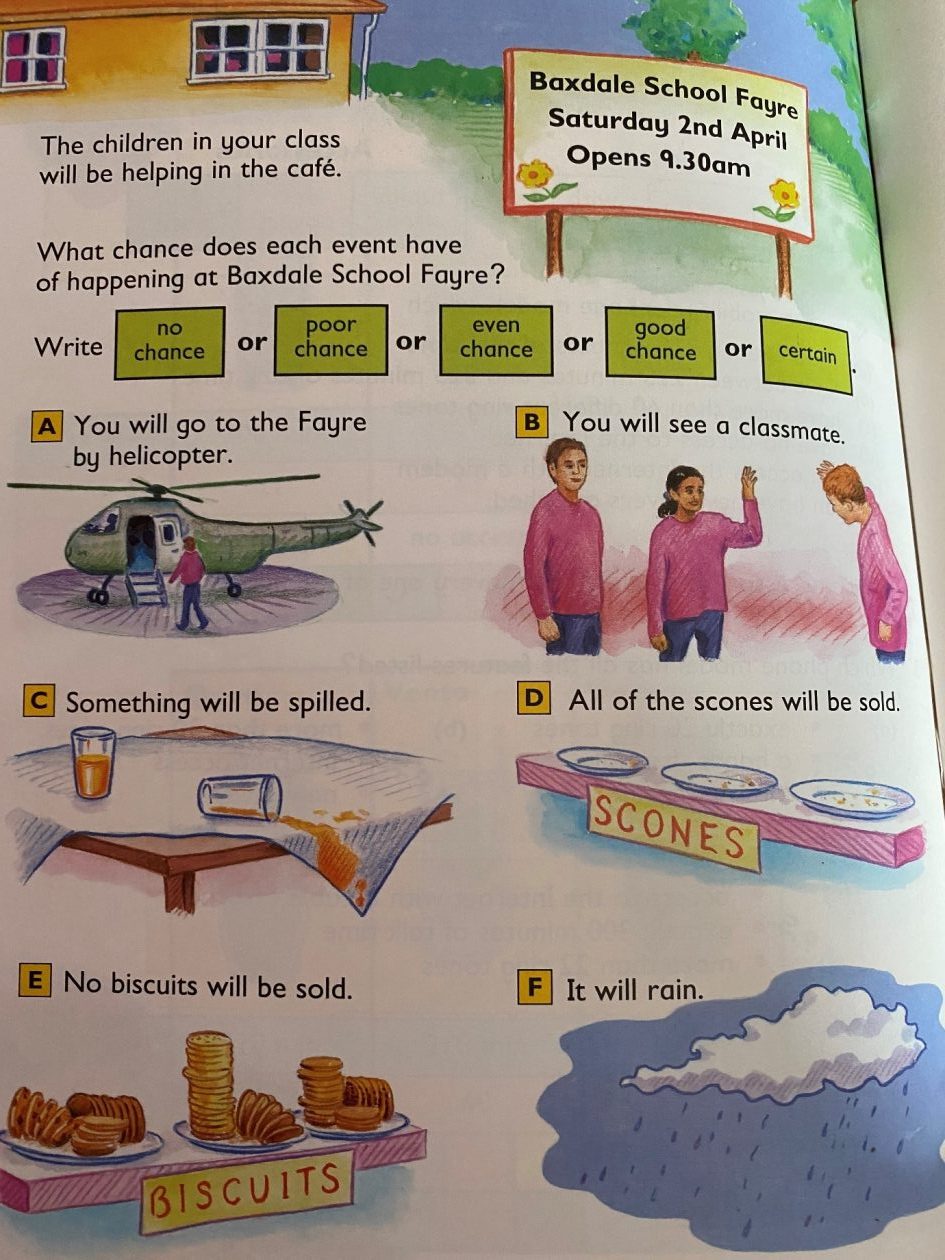




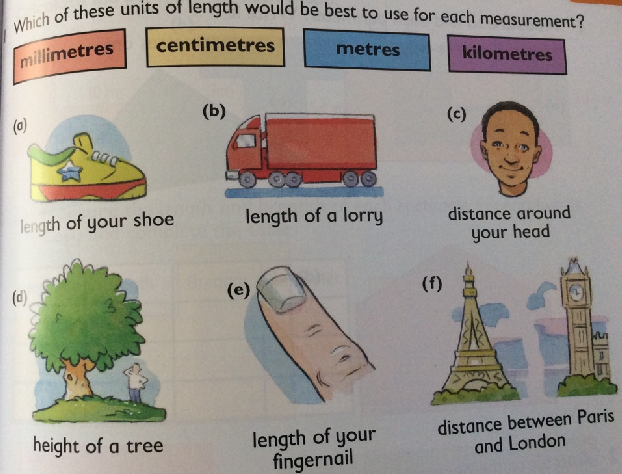

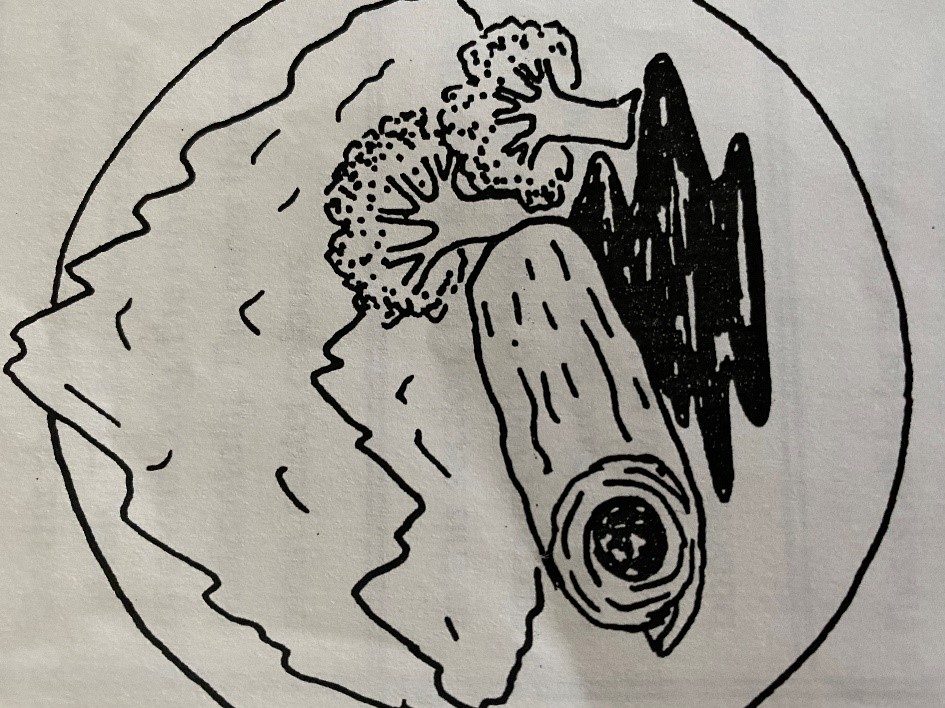




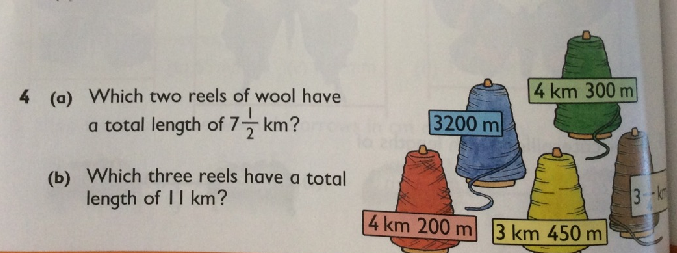 Try your best Primary 6 and have a good day.
Try your best Primary 6 and have a good day.